Resources Index
-
Design Ventura 2017 – Key dates
6 September – Design Ventura goes live, video brief is available
18 September – 20 October free workshops and visits to the new Design Museum in Kensington
15 November – Submission deadline for entries
24 November – Top 10 teams notified
8 December – Pitching event
February 2018 – Celebration Event
February – March – Exhibition of top ten entries at the Design MuseumYou can find all these dates and more on the Tick list.
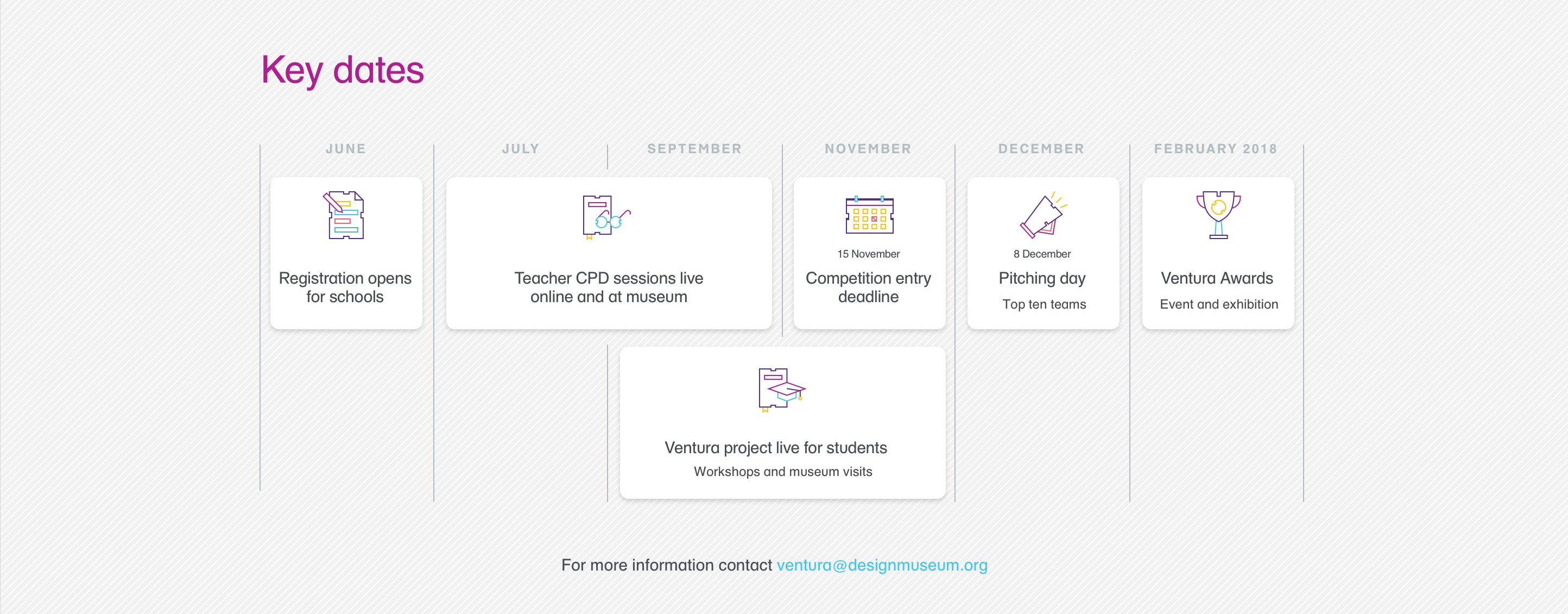
-
Design Ventura video brief now available!
Anna Bullus, Gumdrop Ltd introduces the 2017 Design Ventura Brief.
Design Ventura Brief 2017 from Design Museum on Vimeo.
-
DV Summit: Kickstarter – 21st century Design and Technology teaching
The Design Ventura summit “Design: the problem and the solution” was held on 29 March 2017. Its purpose was to bring together educators, designers, cultural providers and policy makers to discuss how they can ensure that young people are developing creativity, design thinking and employability skills to prepare them for future success.
The following extract is by Jonny Edge, Subject Advisor for Design, Technology and Engineering at OCR, on his take on the issues discussed.
The Design Ventura Summit was a wonderful day with professionals from a variety of design, educational and industry interests all engaged with improving the perceptions of Design and Technology. This was not only for the greater good of design education, but also for the broader values, principles and life skills that it has to offer all learners with wide ranging aspirations not directly aligned to a future in design or manufacturing related industries. It was reassuring to hear a clear and consistent message from a variety of key note speakers about the potential and importance of the subject, from the perspective of research, opportunity and the reality of what good designing can contribute to a rapidly evolving future. As someone involved in developing qualifications, I have confidence that we have qualifications that are aligned to the real world and that offer real opportunity to support what 21st century Design and Technology teaching can and should be.
Accepting that we have lost many battles with Design and Technology education, but that we need to refocus on its unique attributes to offer a clear message to key stakeholders will ensure that we are still able to win the fight. This was a refreshing conclusion! Changing misguided perceptions and obtaining industry, higher education and senior management support within schools to do this is important. But making sure that we are clear ourselves within the whole Design and Technology community what we stand for as a subject must in my mind be the primary consideration.
-
DV Summit – Design: the problem and the solution, and the imperative for 21st century design education
The Design Ventura summit “Design: the problem and the solution” was held on 29 March 2017. Its purpose was to bring together educators, designers, cultural providers and policy makers to discuss how they can ensure that young people are developing creativity, design thinking and employability skills to prepare them for future success.
The following extract is by Sorrel Hershberg, Director at The Saturday Club Trust, on her take on the issues discussed.
We don’t know what the jobs of the future will be; that much is abundantly clear from observation of the rapid technological changes of the last century, accelerating dramatically over the last 10 years.
NESTA’s Creativity vs Robots report struck a positive note for design however: creative people are the least likely to be replaced by machines. For me, this is because they don’t just have subject-specific knowledge and skills – such as drawing, modelling, spatial awareness – but also the qualities that make us more future-proof:
- Communications and persuasion
- Visual and verbal dexterity
- Flexibility and adaptability
- Analytical and critical thinking
- Collaborative problem-solving
And, perhaps most importantly, learning to fail.
One of my main fears about the damage being done to mainstream education is not just to do with the marginalisation of creative subjects (even though this is very serious and has long-term consequences) but more crucially the damage done to how we learn.
As the Saturday Club has branched into Science and Engineering and Writing and Talking we have discovered a worrying common thread among all the young people. Firstly, they all feel stressed by exams. And secondly, they don’t like being wrong, or accepting that there is more than one right answer.
So even in subjects that are high status and compulsory up to age 16 – EBacc subjects such as science and maths – even in these subjects you are not taught to think like a scientist. By this I mean the experimental method where you test a theory, observe what happens and learn from it, especially when the experiment fails, or doesn’t have the expected outcome.
This is how we learn new stuff and move things forward. If we only learn what is known now, without allowing for error or deviation, we can’t progress. We won’t discover things like Post-It notes, which were invented from failure: a glue that wasn’t sticky enough. And we wouldn’t find the Jonny Ives, the Margaret Calverts, the Marie Curies or the Stephen Hawkings.
At the Saturday Club, we hope that by having the opportunity to think like designers and scientists, away from the pressure of exams, young people will learn the qualities that will make them future-proof: resilience, flexibility, persuasion, critical thinking, collaborative problem solving and – how to fail.
-
Volunteering for Design Ventura
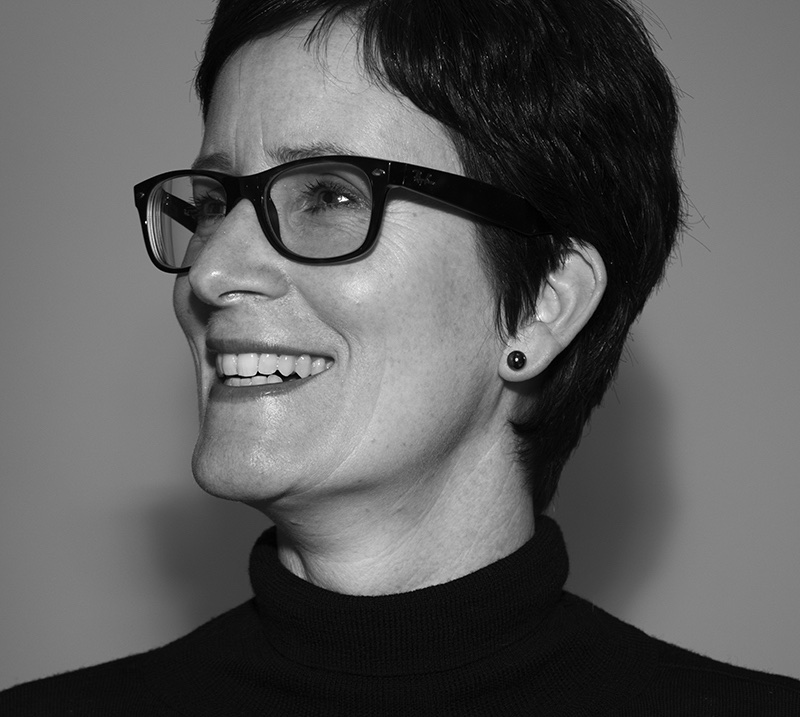 Hello, I’m Peta Miller, a dedicated graphic designer, working at Nash Design. I studied at Ravensbourne & Middlesex, and immediately after graduating I travelled to Australia to start work for a big group in Perth, called Hulme Dickson Springham. This is where I acquired valuable commercial experience before returning to the UK and joining Nash Design (then called John Nash & Friends). I have the pleasure of working with many super premium global brands, and I am devoted to turning great ideas into powerful design communication.
Hello, I’m Peta Miller, a dedicated graphic designer, working at Nash Design. I studied at Ravensbourne & Middlesex, and immediately after graduating I travelled to Australia to start work for a big group in Perth, called Hulme Dickson Springham. This is where I acquired valuable commercial experience before returning to the UK and joining Nash Design (then called John Nash & Friends). I have the pleasure of working with many super premium global brands, and I am devoted to turning great ideas into powerful design communication.I have been volunteering for Design Ventura since it was launched in 2010 and thoroughly enjoy being part of such an inspirational project run by a team of really committed people.
After each workshop, you leave feeling completely enthused. It really is great fun helping the students develop their ideas. The teachers have told me that the students really appreciate having ‘real’ designers to show their ideas to and get feedback. One boy in the winning team the year before last, was so motivated by the competition and full of ideas, I’m sure he’ll end up being the next Steve Jobs! I spoke to his parents at the award ceremony and they couldn’t believe the transformation in his character since taking part in the competition, they said he now points out to them objects that could be improved through design wherever they go!
I would highly recommend fellow designers, of all disciplines, getting involved, the amount of time you put in is totally up to you, and you get the satisfaction of knowing that you might have helped inspire future generations of designers.
Register to become a Design Ventura expert
See what Paul Jenkins from Triple Double has to say about volunteering for Design Ventura.
-
What it’s like to volunteer for Design Ventura
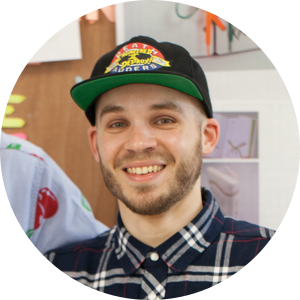
Hello, I’m Paul Jenkins, the Founder and Creative Director at Triple Double. We are a design studio who solve problems and get work done – creating, refreshing and fixing. Oh, and we love basketball. We work with clients such as adidas Originals, Airbnb, BBC, Ellesse, General Assembly, Mercari Europe, Nike, Thames & Hudson and Wellcome Collection.
My role involves leading on creative and design projects, working collaboratively with clients and their internal teams. We team up with specialist collaborators across design, illustration, photography, film and digital when needed as well. Before starting Triple Double, I held design, creative and art director roles at Selfridges, Mother London, U-Dox and Pentland Brands.
Over the years I’ve worked across sports and fashion brands, from campaigns and product launches to projects such as Nike78. It was a natural fit for my experience so when I was asked to be the design volunteer supporting the Independent school winner’s prize day in April 2017, I jumped at the opportunity.
The team from Royal Grammar School, in Newcastle came up with a fantastic product ‘Kit Control’, a visual checklist tool enabling the user to physically and mentally check off items of sporting clothing as they pack their sports bag. We’ve all been there and forgotten that important piece of sports kit so I think the idea is really great!
I presented my research and previous sport related projects then worked with the students to develop ‘Kit Control’ branding, packaging and point of sale concepts. It was great to see all the team members (including their teachers!) get stuck in to designing logos and packaging ideas, presenting their work for critique as we went along. We eventually tested the ideas out in the Design Museum shop, gathering customer and staff feedback, and it’s fair to say the students were pretty chuffed with the responses.
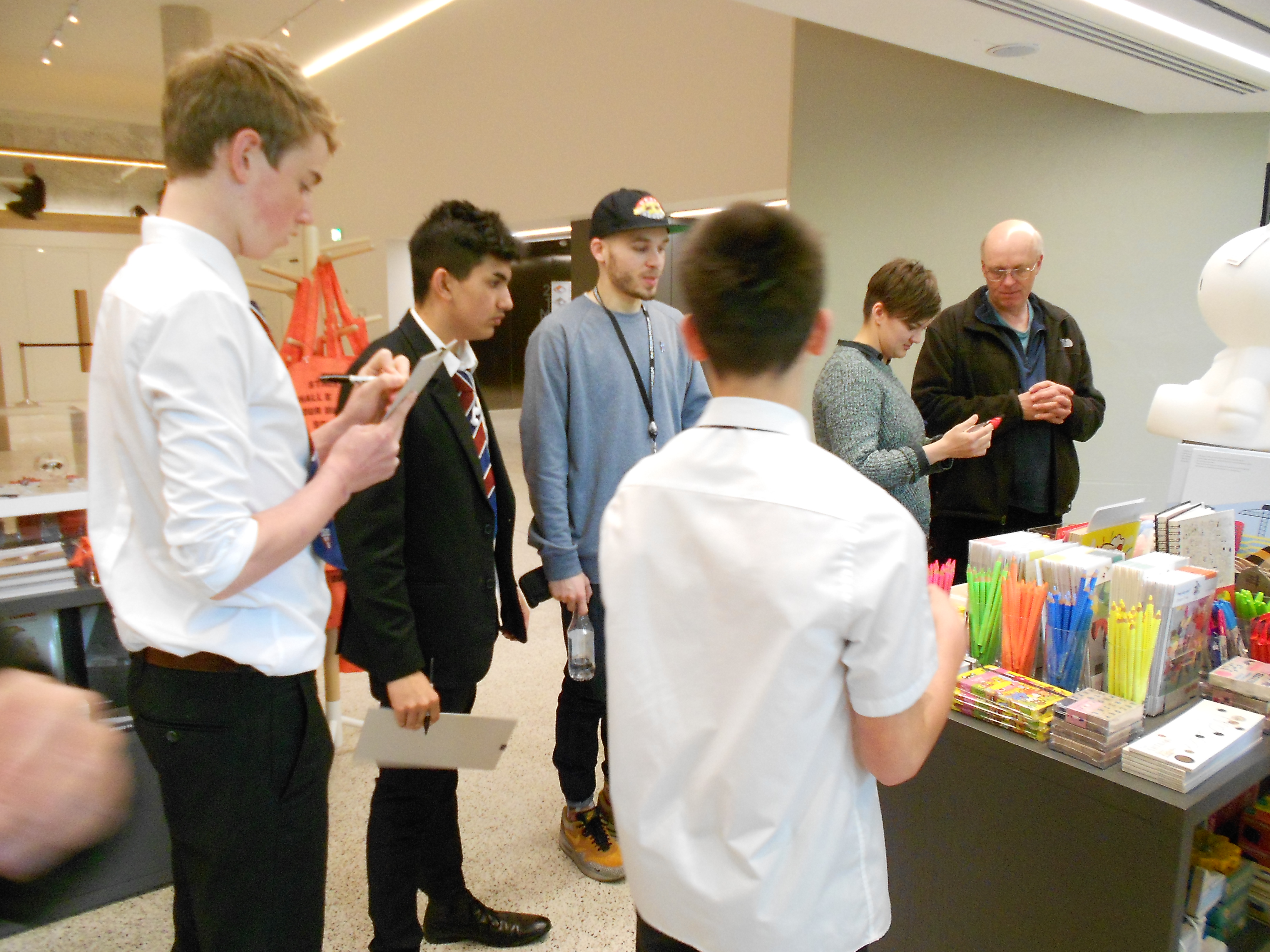
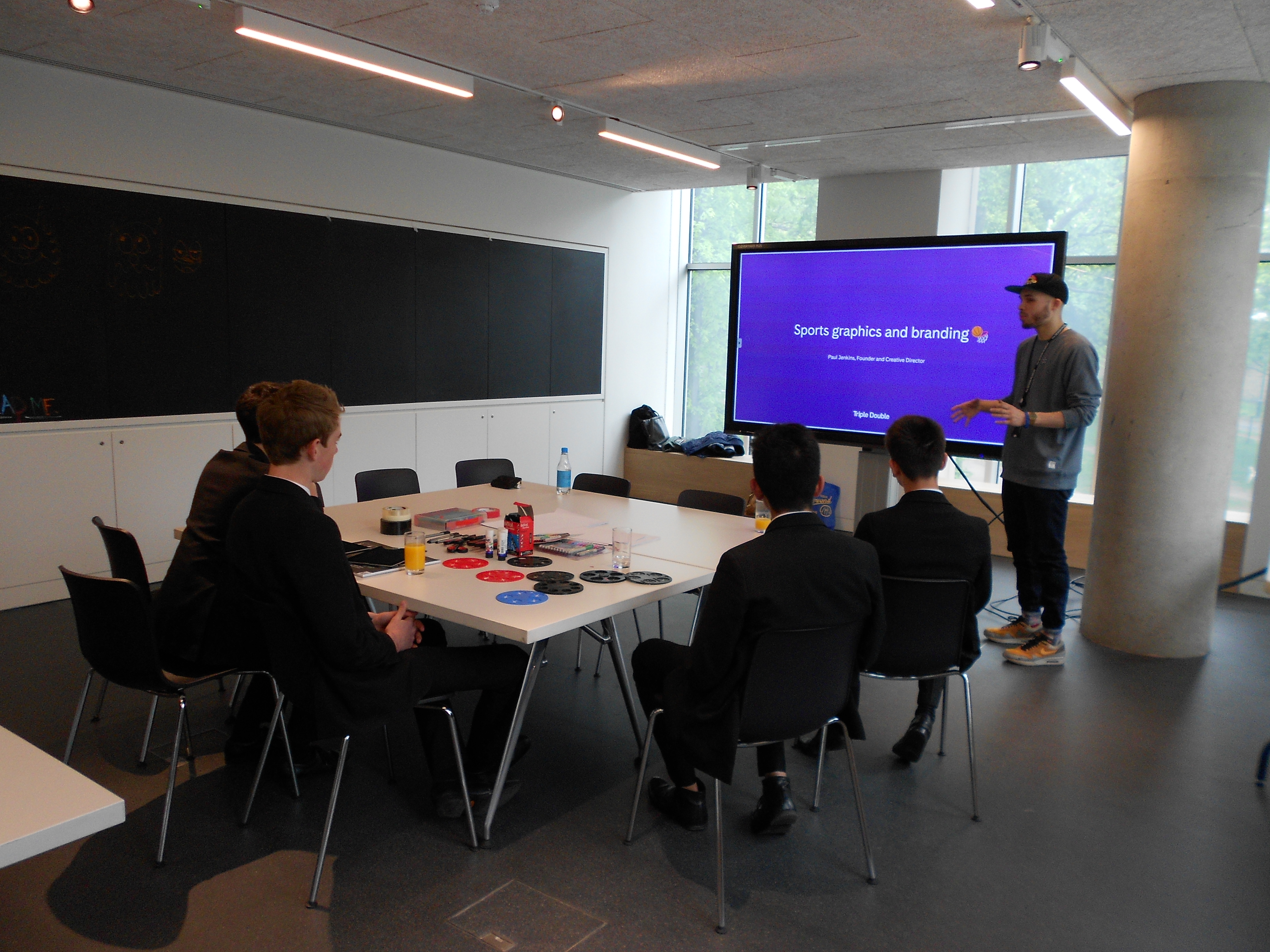
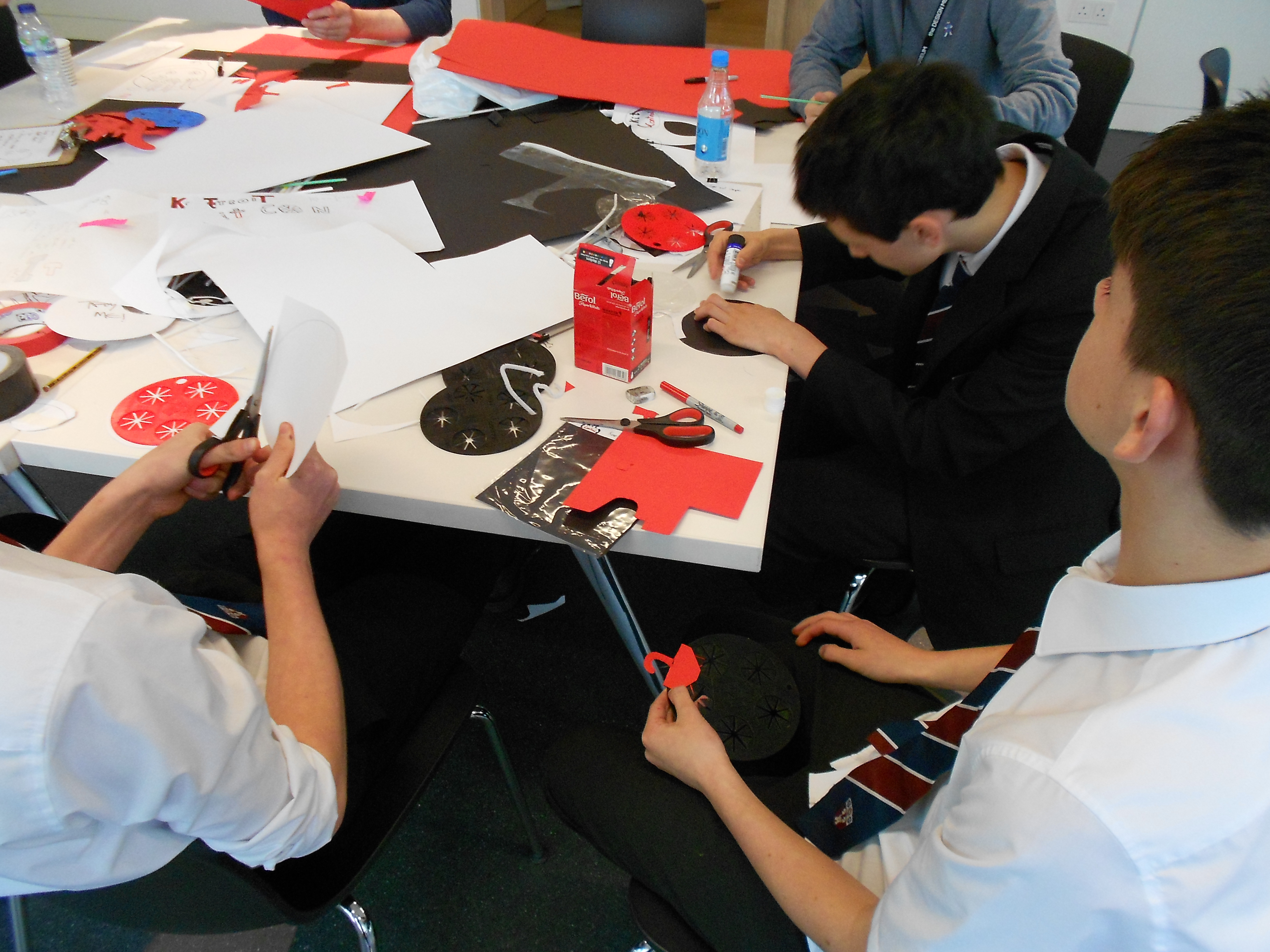
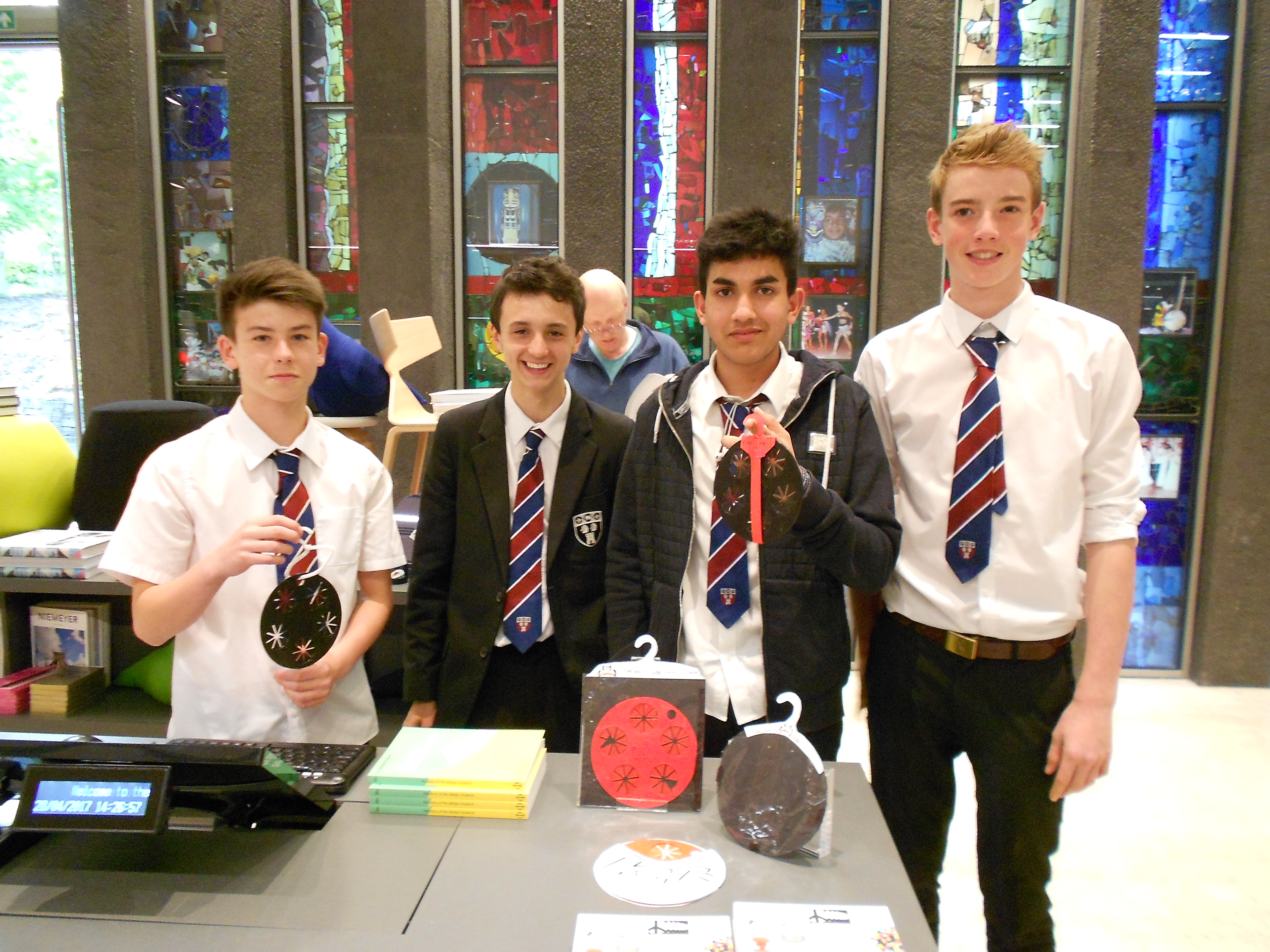
Both myself and the studio do a lot of work around design education, as we love to teach and mentor to help others gain skills. Being able to work with the students was inspiring, as it always is when working with the museum’s education team. Being able to work quickly and develop ideas and concepts with young people energises my own work, and every time, the results surprise me – the students are really that good and represent a bright future for the design industry.
I’m already looking forward to working with more Design Ventura students and the Design Museum team this year.
Register to become a Design Ventura expert
See what Peta Miller, from Nash Design has to say about volunteering for Design Ventura.
-
Research and Initial Ideas begin at Mill Hill School
Alexandros Theodorou, Cassius Maxwell, Sam de Leval & Hugo Mutkins started their research and initial ideas stage yesterday evening. As a team they will be working after school on Thursdays and Saturday mornings! (school timetabled I’m afraid). Great research carried out already and some thought provoking initial ideas. Trying to keep it simple is key at the moment.
Will keep you all posted with progress.
Best wishes
Chris Mckay at Mill Hill School


